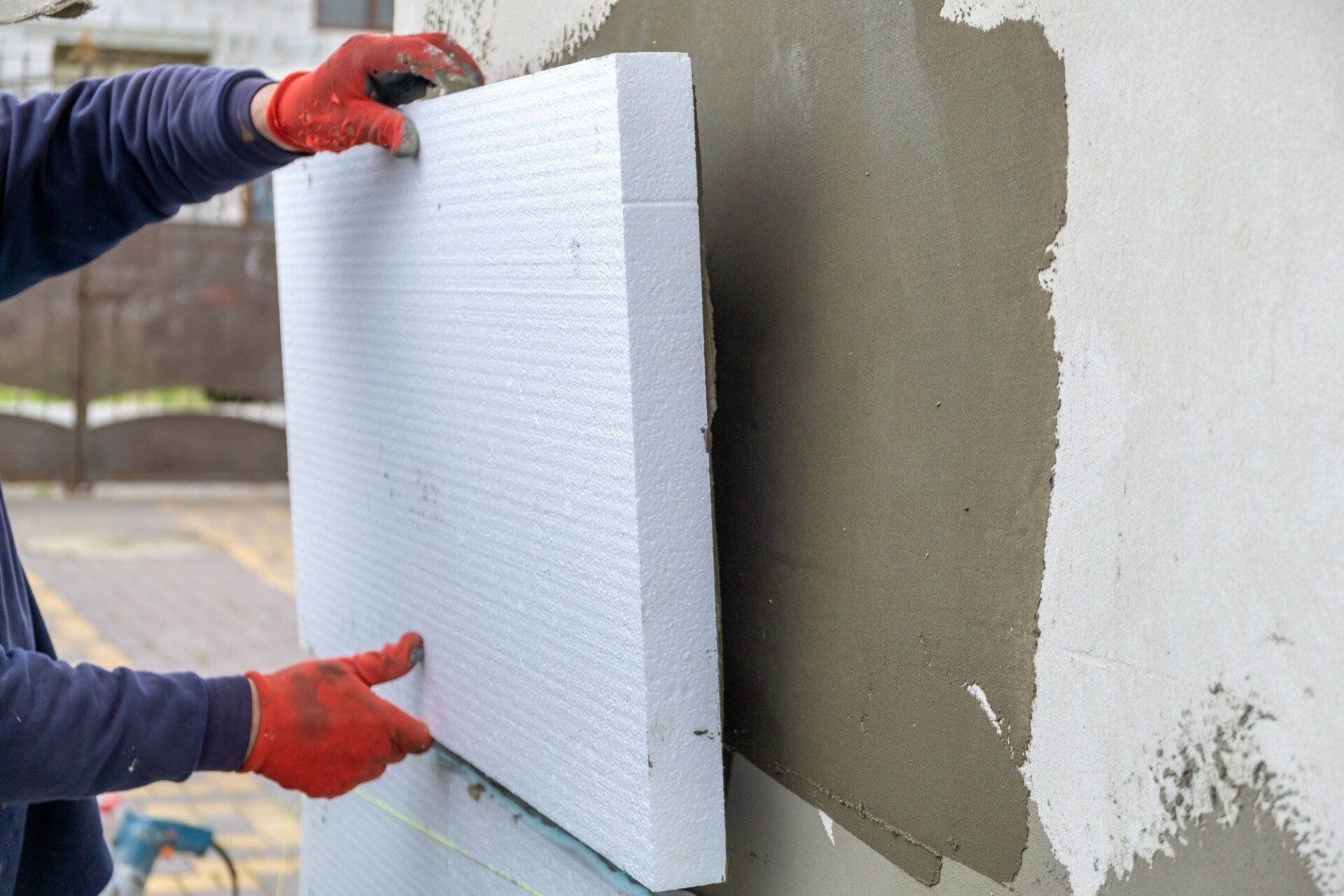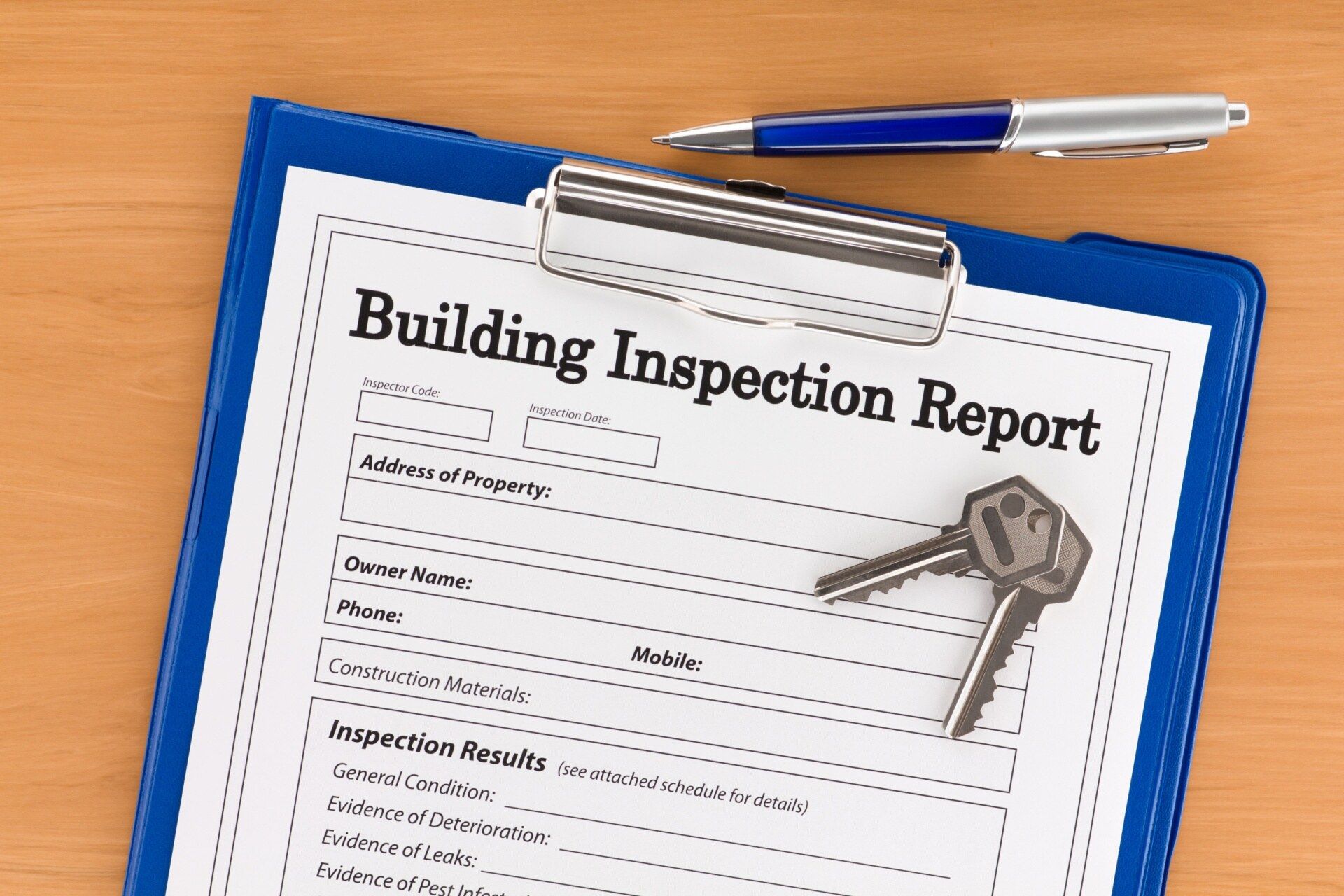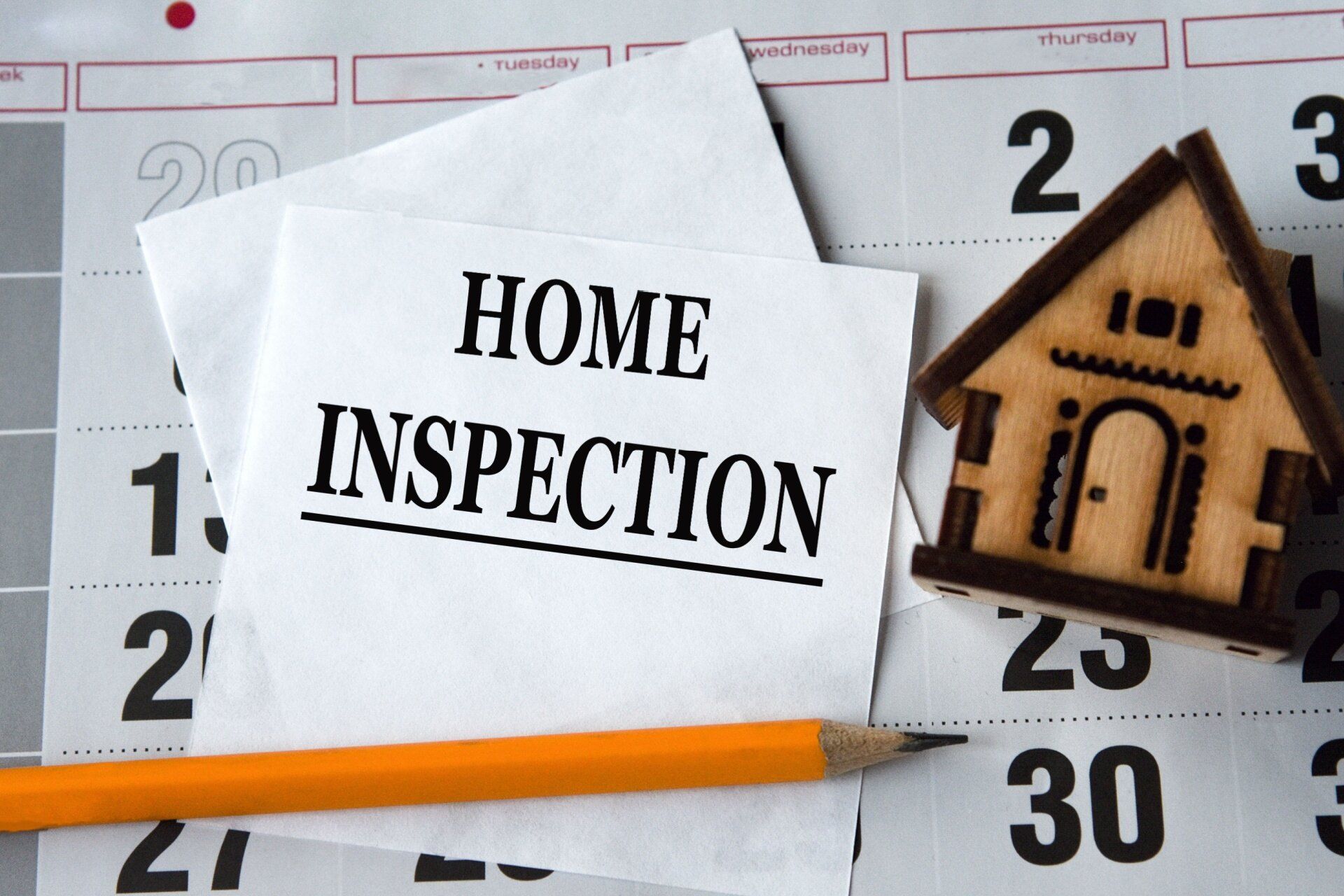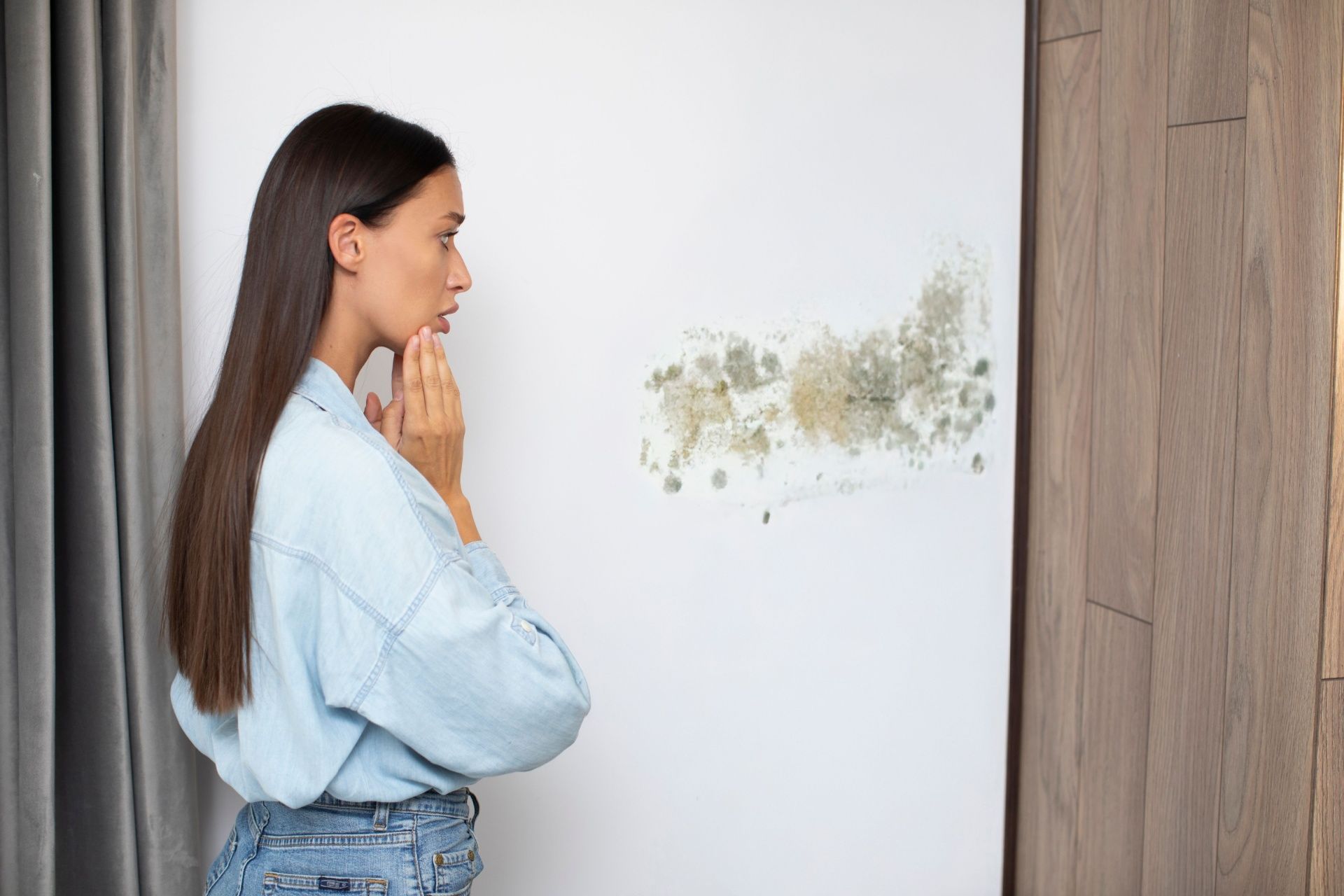Wood-Eating Bugs: A Quick Guide
Wood-eating bugs can cause serious damage to homes and buildings. These pests feed on wood, weakening structures over time. Homeowners must understand the types of wood-eating bugs, their warning signs, and how to protect their property. This guide will help you identify common wood-eating insects and provide tips on wood-destroying organism control.
Common Types of Wood-Eating Bugs
1. Termites
Termites are among the most destructive wood-eating pests. They live in large colonies and can cause extensive structural damage before they are even detected. There are three main termite types:
- Subterranean Termites – These termites build mud tubes and require moisture to survive. They are the most common and destructive type.
- Drywood Termites – Unlike subterranean termites, drywood termites do not need soil contact. They infest dry wood in attics, furniture, and walls.
- Dampwood Termites – These termites prefer moist wood, often found in decaying logs, tree stumps, or poorly maintained homes with water damage.
2. Carpenter Ants
Carpenter ants do not eat wood but tunnel through it to build their nests. They prefer damp or rotting wood and are often found in homes with moisture issues. Over time, their tunneling can weaken wooden structures.
3. Powderpost Beetles
Powderpost beetles lay their eggs in wood, and their larvae bore tiny holes as they feed. These beetles attack hardwoods like oak and maple, making them a threat to furniture, flooring, and structural beams.
4. Wood Borers
Wood-boring beetles, such as the old house borer, damage wood by laying eggs inside it. The larvae create tunnels as they grow, causing long-term structural damage.
5. Carpenter Bees
Carpenter bees look similar to bumblebees but are known for drilling holes into wood to create nesting sites. They prefer untreated wood and can weaken structures over time.
Signs of a Wood-Eating Bug Infestation
Detecting wood-eating bugs early is key to preventing extensive damage. A thorough home inspection can help identify these pests before they cause harm. Here are some common signs to watch for:
- Mud tubes on walls or foundation – A sign of subterranean termites.
- Small, round holes in wood – Could indicate powderpost beetles or wood borers.
- Sawdust-like piles (frass) – Evidence of carpenter ants or drywood termites.
- Hollow-sounding wood – Termites or wood borers may be tunneling inside.
- Winged insects (swarmers) – Flying termites or carpenter ants looking to start new colonies.
- Bee-like insects hovering near wood structures – Carpenter bees drilling holes for nesting.
How to Prevent Wood-Eating Bug Infestations
Protecting your home from wood-destroying pests requires proactive steps. Here are some prevention tips:
1. Keep Wood Dry
Most wood-eating insects thrive in moist environments. Fix leaks, improve drainage, and ensure proper ventilation to keep wood dry.
2. Store Firewood Away from Your Home
Stack firewood at least 20 feet away from your house and keep it off the ground to reduce the risk of infestation.
3. Seal Cracks and Crevices
Seal gaps in walls, windows, and doors to prevent bugs from entering your home.
4. Use Treated Wood
Pressure-treated wood resists insect damage and is a great option for outdoor structures like decks and fences.
5. Schedule Regular Inspections
Hiring a professional inspector to check for wood-eating pests can help you catch problems early and avoid costly repairs.
Wood-Destroying Organism Control
If you suspect a wood-eating bug infestation, take action immediately. Here are some treatment options:
1. Professional Pest Control
A licensed pest control expert can assess the extent of the infestation and recommend the best treatment, such as fumigation or baiting systems.
2. DIY Solutions
For minor infestations, you can try:
- Boric acid – Effective against termites and carpenter ants.
- Orange oil – Kills drywood termites on contact.
- Diatomaceous earth – A natural, non-toxic option that dehydrates insects.
3. Replace or Repair Damaged Wood
Severely damaged wood may need to be replaced to maintain structural integrity. Consider using termite-resistant materials when making repairs.
Conclusion
Wood-eating bugs can cause significant damage to your home, but with early detection and proper prevention, you can protect your property. Regular inspections and wood-destroying organism control methods will help keep these pests at bay.
Need a professional home inspection? Contact
Protec Inspections today to protect your home from wood-eating pests!
Disclaimer: The information on this website and blog is for general informational purposes only and is not professional advice. We make no guarantees of accuracy or completeness. We disclaim all liability for errors, omissions, or reliance on this content. Always consult a qualified professional for specific guidance.





